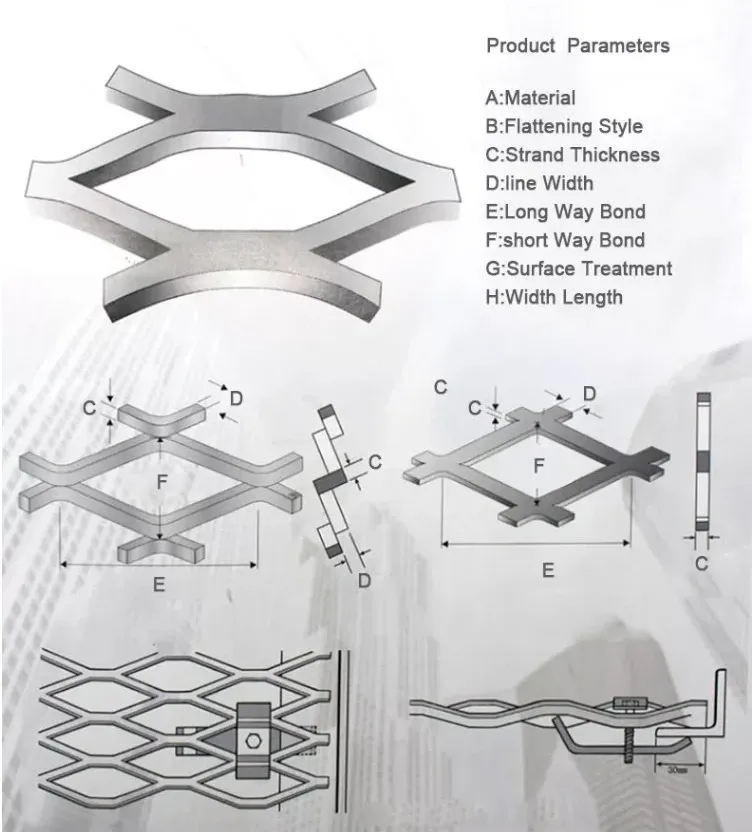The Role of Traffic Noise Reduction Fences in Urban Environments
As urban areas continue to grow and expand, the issue of traffic noise has become increasingly prominent. Comprising not just the sounds of engines, horns, and tires, traffic noise can significantly affect the quality of life for residents living near busy roads. This has led cities to explore various solutions, one of which is the installation of traffic noise reduction fences, also known as sound barriers.
Traffic noise reduction fences are structures placed alongside highways or busy roads to block, reflect, or absorb sound waves produced by vehicles. These fences can be made from a variety of materials, including wood, concrete, and specially designed composites. The effectiveness of these barriers depends on their height, length, and material properties, as well as their specific placement in relation to the noise source and residential areas.
One of the primary benefits of noise reduction fences is their ability to create a more peaceful living environment. In many urban settings, excessive noise can lead to a host of health issues, including stress, sleep disturbances, and even cardiovascular problems. By effectively lowering noise levels, these fences contribute to enhancing the overall well-being of residents. Studies have shown that communities near well-installed noise barriers report a significant decrease in perceived noise levels and an improvement in the quality of life.
traffic noise reduction fences

In addition to health benefits, traffic noise reduction fences can positively impact property values. Homes located near busy roads often suffer a depreciation in value due to the constant noise disturbance. By mitigating these sounds, noise barriers can increase the desirability of these properties, leading to higher market values. This presents a compelling case for local governments and city planners to invest in sound barrier projects.
Moreover, traffic noise reduction fences also play an important role in promoting environmentally friendly practices. Many modern noise barriers are designed with aesthetic and ecological considerations in mind. Some incorporate green technologies, such as living walls or plantings that not only absorb sound but also improve air quality and biodiversity. These initiatives can help cities achieve sustainability goals while addressing the noise pollution issue.
However, the implementation of traffic noise reduction fences is not without challenges. Community concerns regarding aesthetics, upkeep, and potential effects on wildlife habitats can sometimes hinder projects. Therefore, it is essential for city planners to engage with residents and consider their input during the planning stages. Collaborative efforts can lead to more innovative design solutions that meet both environmental and community needs.
In conclusion, traffic noise reduction fences serve as a vital tool in addressing urban noise pollution. By improving the quality of life for residents, increasing property values, and promoting ecological sustainability, these structures represent a forward-thinking approach to urban development. As cities continue to evolve, the importance of effective noise mitigation strategies will only grow, making noise barriers an essential component of urban planning in the years to come.
-
Why Galvanized Trench Cover Steel Grating Resists Corrosion
NewsJul.10,2025
-
The Versatility and Strength of Stainless Expanded Metal Mesh
NewsJul.10,2025
-
Load Calculations in Steel Grating Platforms
NewsJul.10,2025
-
Keeping Pets and Kids Safe with Chicken Wire Deck Railing
NewsJul.10,2025
-
Hole Diameter and Pitch for Round Perforated Metal Sheets
NewsJul.10,2025
-
Aluminium Diamond Mesh in Modern Architecture
NewsJul.10,2025
Subscribe now!
Stay up to date with the latest on Fry Steeland industry news.

